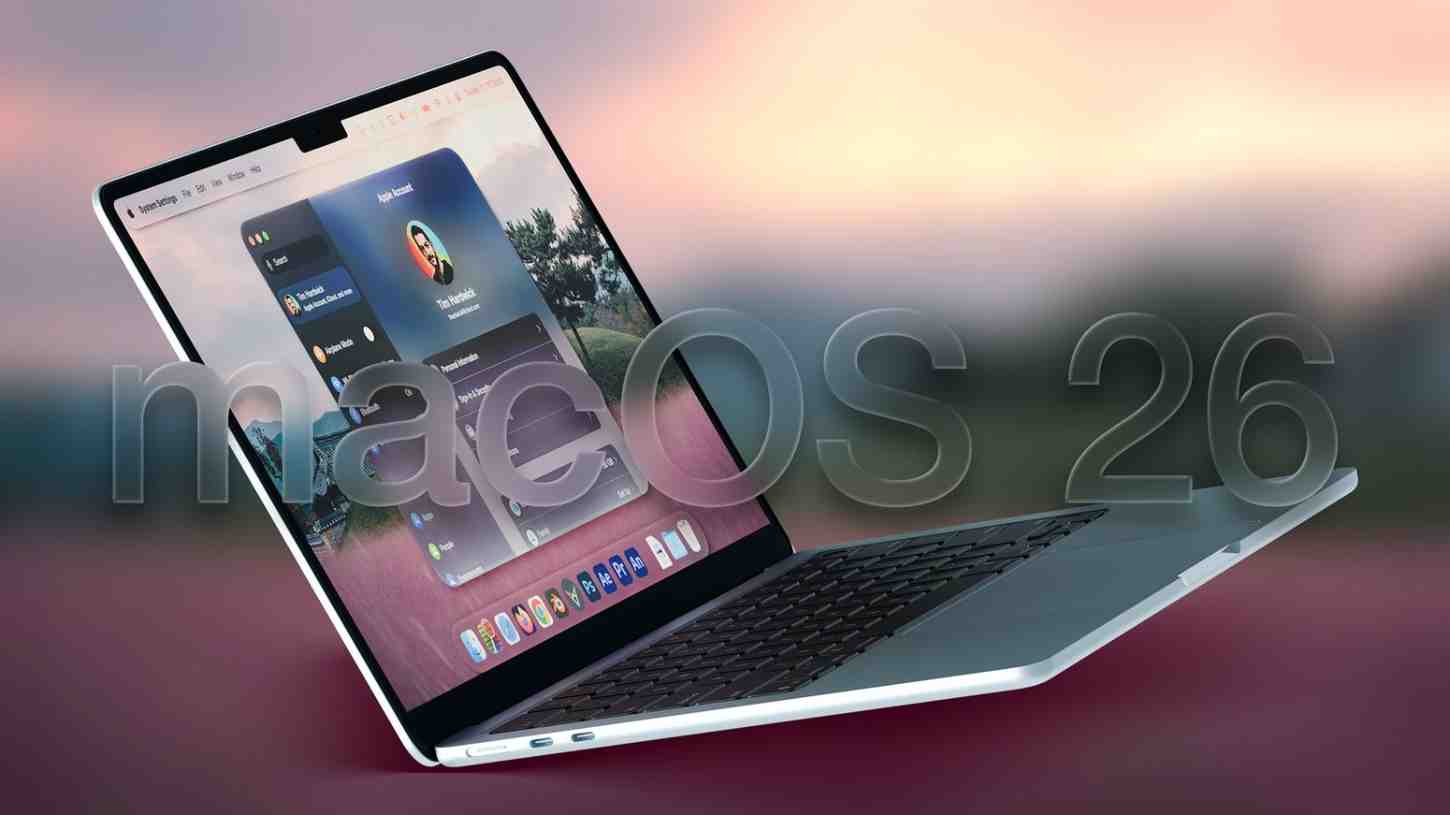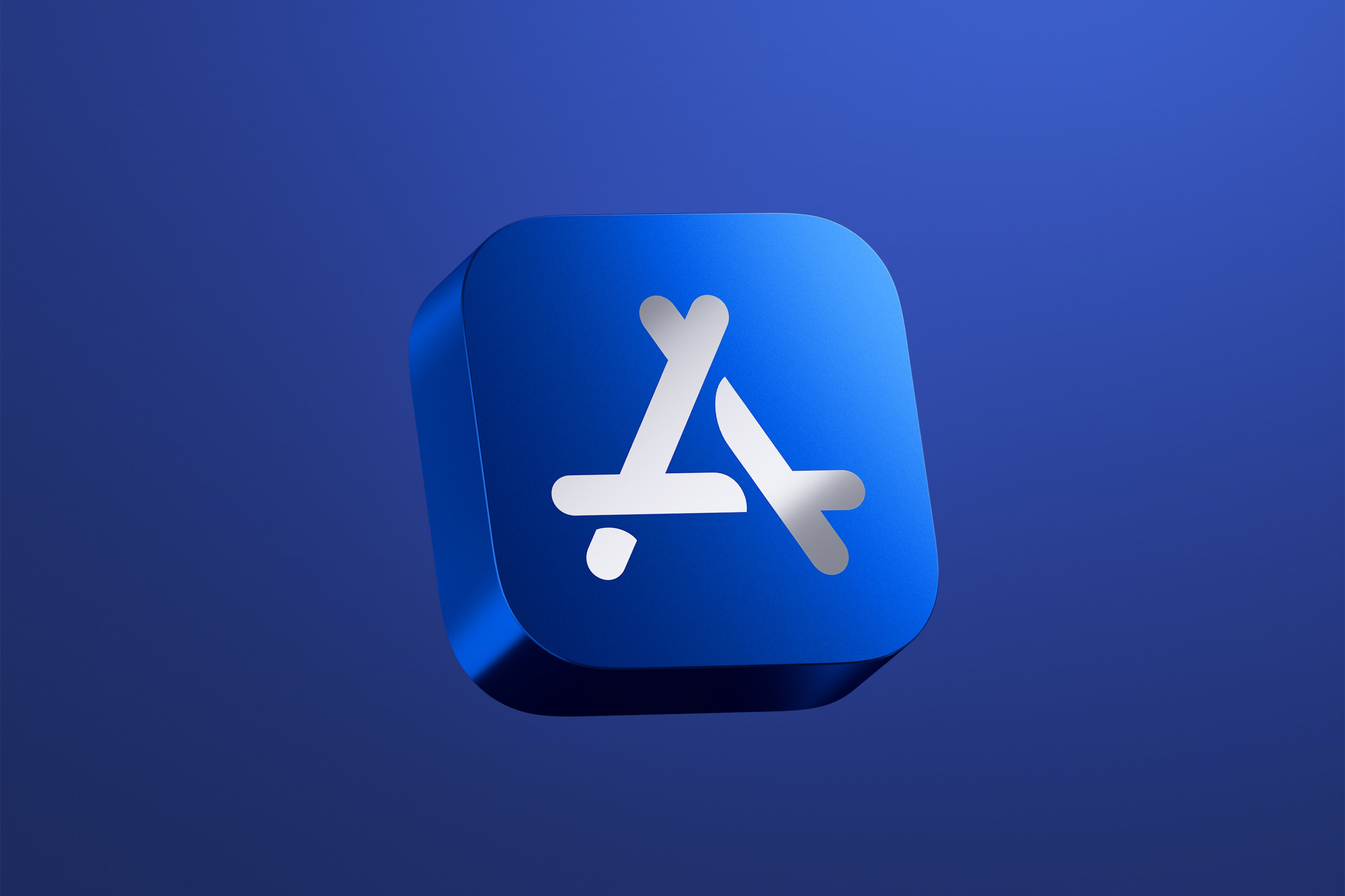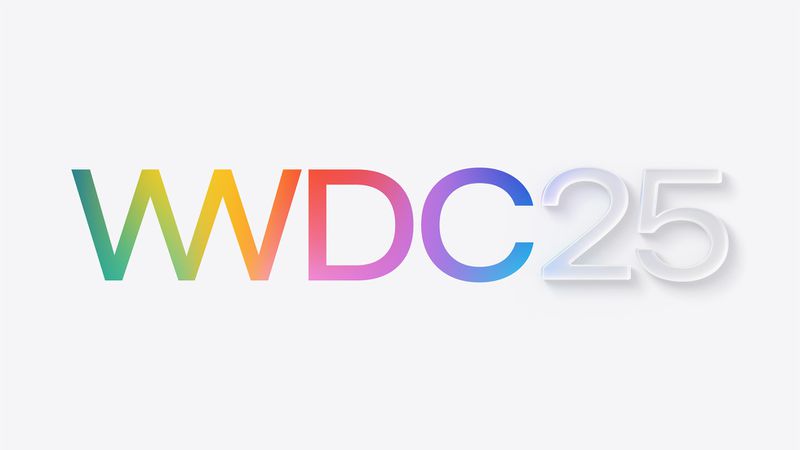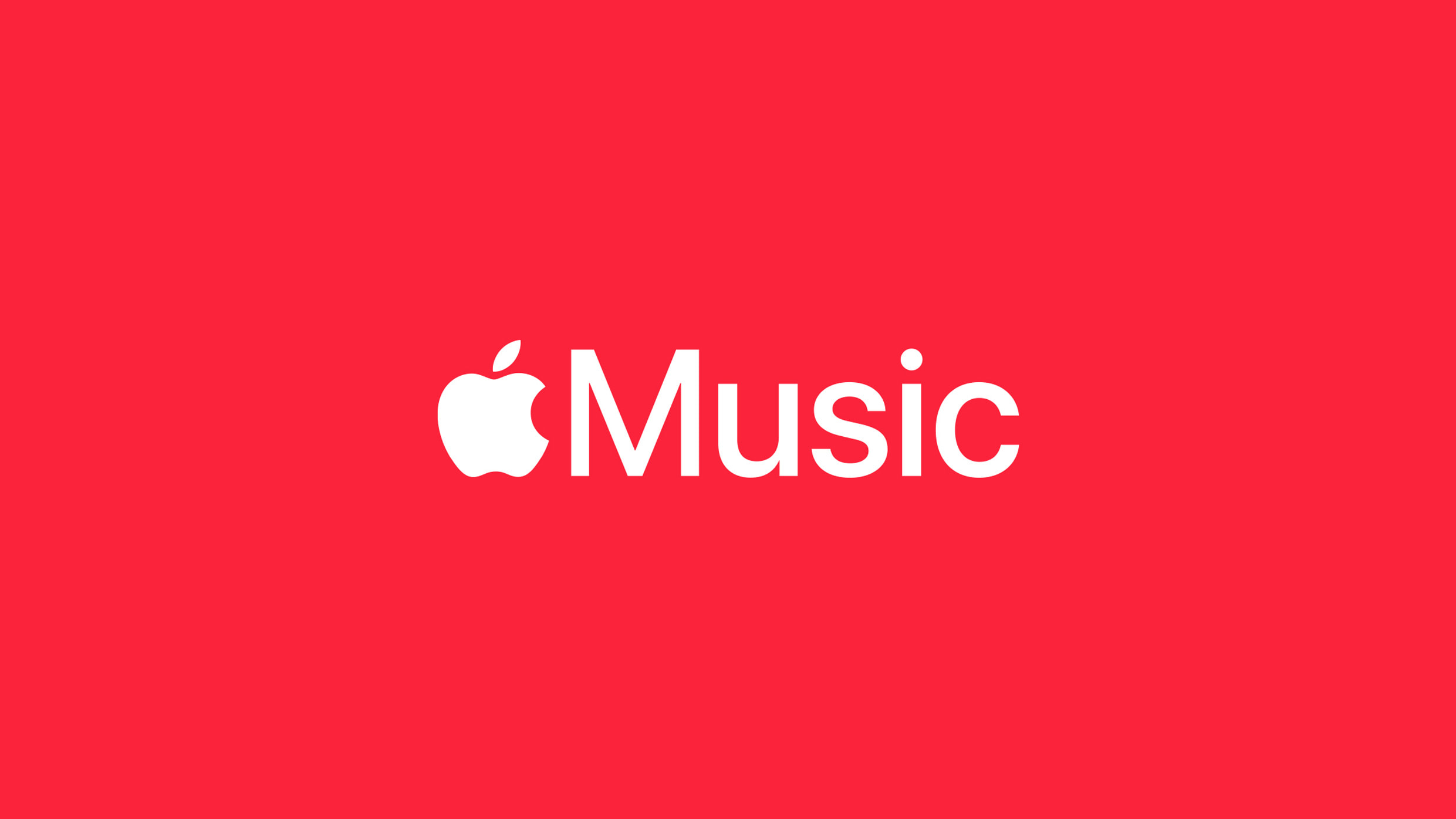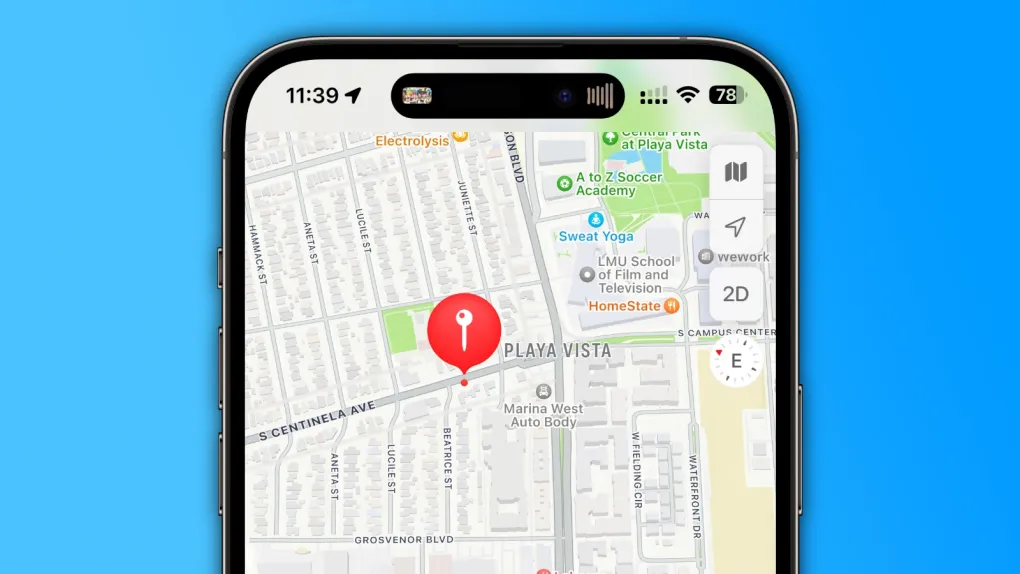Apple’s macOS Tahoe Beta 2, released on June 23, 2025, introduces simple yet welcome changes based on user feedback. The update adds a new option to restore a solid background to the menu bar, which was transparent in the first beta as part of the Liquid Glass design.
This see-through style blended the menu bar with the desktop wallpaper, making icons and text hard to read for some users. Now, you can turn on the background in System Settings > Menu Bar > Show Menu Bar Background. When activated, it brings back a frosted look similar to macOS Sequoia, improving visibility without changing the placement of menu items.
The update also fixes the Finder icon’s colors. In the first beta, Apple flipped the traditional design, placing the darker blue on the right side, which upset many longtime Mac users. Beta 2 restores the classic look, with blue on the left and a lighter gradient on the right, while keeping the modern Liquid Glass style.
This tweak respects the Finder’s nearly 30-year history. These changes show Apple is listening to its community. The menu bar toggle lets users choose between a sleek, transparent look or a clearer, solid one, depending on their wallpaper. The macOS Tahoe public beta is expected in July, with a full release in fall 2025.
